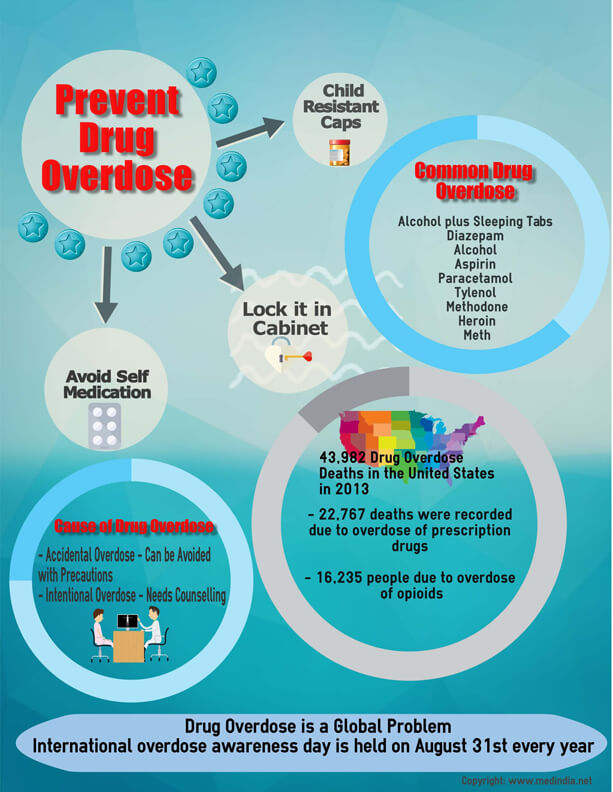


Patients who develop symptoms need admission for appropriate supportive care.Patients who are clinically well at 6 hours maybe medically cleared.If the patient is intubated then charcoal can be given via a nasogastric tube. 50g of activated charcoal is usually not indicated because of good supportive care.Clozapine levels are available, not useful in guiding clinical management but can help confirm the diagnosis.Reports of minor QT prolongation but no Torsades de pointes. If the QT >450 ms, monitoring should continue until the patient is clinically well and the ECG changes have resolved. ECG monitoring, do an ECG at presentation and 6 hours, if this is normal then cardiac monitoring may stop.Screening: 12 lead ECG, BSL, Paracetamol level.Bladder scan and a catheter for urinary retention (no amount of benzodiazepines will fix this agitation).diazepam 2.5 – 5 mg every 5 minutes IV until gentle sedation is achieved Titrated doses of benzodiazepines e.g.Controlling the delirium can be difficult, things to consider include.Hyper salivation is considered pathognomonic.Mild to moderate anticholinergic toxidrome (agitation, ileus, urinary retention).Sedation, CNS depression leading to coma.Clinical features normally manifest within 4 hours and toxicity is expected to resolve within 24 hours:.Extrapyramidal effects can occur in the days following. Children: >2.5 mg/kg is associated with sedation and need hospital assessment (as little as one tablet).Toxicity is more likely to occur in those naive to the drug.Severe poisoning including coma can occur with 100 mg in adults.Can be managed with benzodiazepines (varying doses in the textbooks, easy method is 0.1mg/kg IV for lorazepam (max 4mg) / midazolam (max 10mg) / diazepam (max 10mg).Seizures: IV benzodiazepines incrementally dosed every 5 minutes to effect.Hypotension: Give 10 – 20 ml/kg of IV crystalloid, patients usually respond to this.Reduced GCS: Prompt intubation and ventilation.Metabolised in the liver and excreted in the urine.Highly protein bound with a moderate volume of distribution 0.5 – 3 L/Kg.This combination of antagonism results in CNS depression, tachycardia, orthostatic hypotension and anticholinergic toxidrome. In chronic toxicity agranulocytosis and myocarditis can occur, these are not features of an acute poisoning but monitored in patients with long term therapeutic use.Ĭlozapine is an antagonist to dopamine (D1 and D2 in the mesolimbic system), serotonin, peripheral alpha receptors, muscarinic, histamine and GABA receptors.

Clozapine is an atypical antipsychotic, due to its restricted use an acute overdose is a rare event but clinicians should be aware that coma can occur and management is with supportive care.


 0 kommentar(er)
0 kommentar(er)
